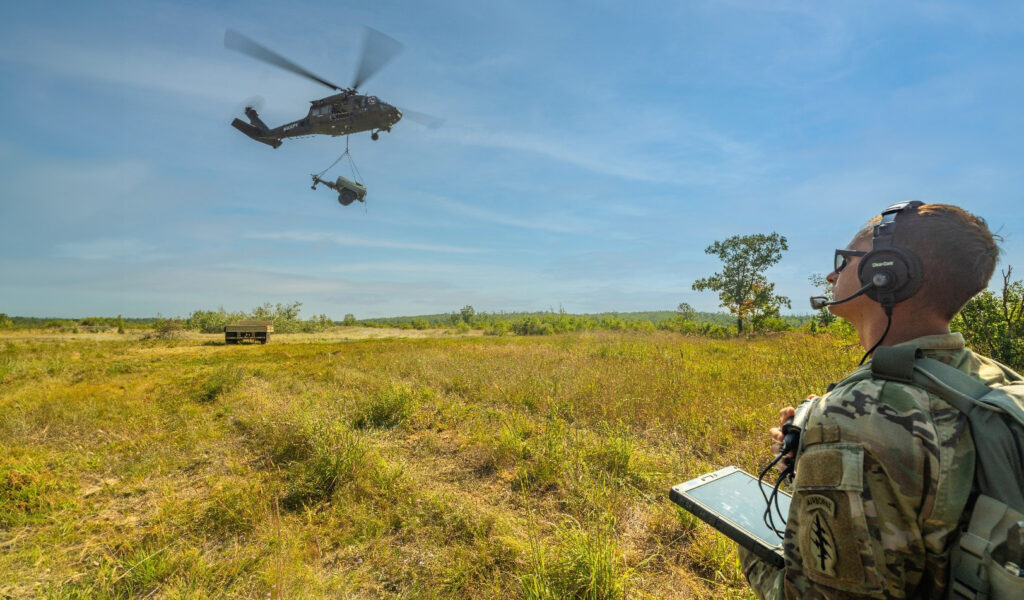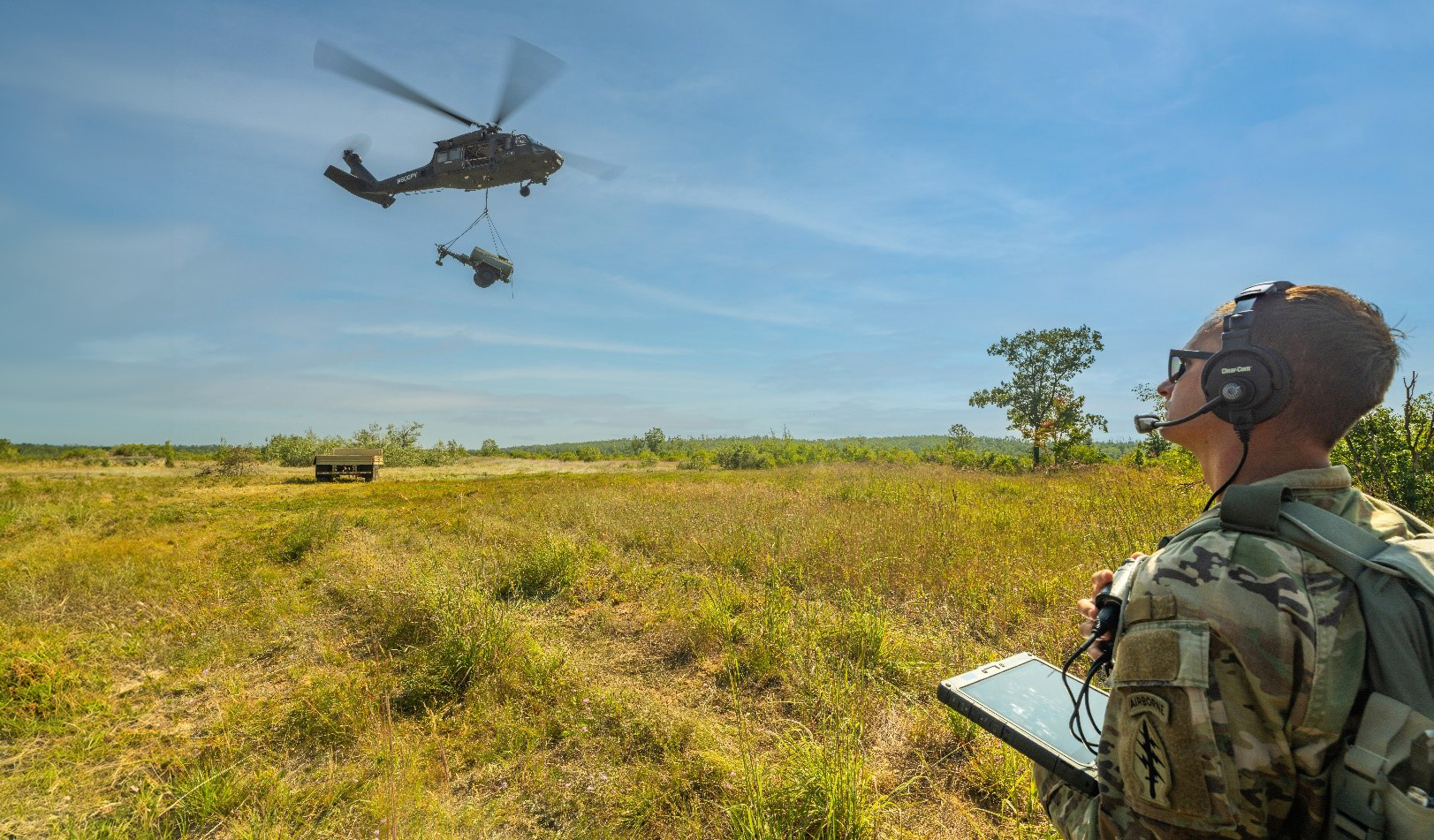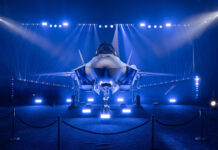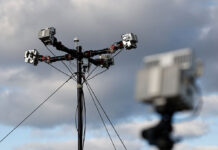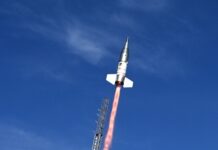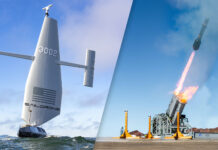A US soldier – as opposed to a trained aviator – has planned and executed real-world missions in military exercises with Lockheed Martin Sikorsky’s Optionally Piloted (OPV) Black Hawk helicopter, Lockheed Martin announced on 30 October 2025.
The missions were actually conducted in August 2025 during the US Army reserve component readiness exercise ‘Northern Strike 25-2’ in Michegan, for which Sikorsky fielded the OPV Black Hawk in partnership with the Joint Personnel Recovery Agency and the Defense Advanced Research Projects Agency (DARPA).
During the exercise a US Army National Guard sergeant first class, who was trained in less than an hour, became the first soldier to independently plan, command and execute OPV Black Hawk missions using the system’s handheld tablet. He directed a payload to a location 130 km away and commanded multiple precision airborne drops, marking the first time the OPV Black Hawk operated fully under the control of an actual warfighter, instead of a trained test pilot or engineer.
The OPV Black Hawk is controlled in flight using Sikorsky’s MATRIX aircraft autonomy system. MATRIX technology forms the core of DARPA’s Aircrew Labor In-cockpit Automation System (ALIAS) project: an ongoing partnership between Sikorsky and DARPA.
During ‘Northern Strike’ the OPV Black Hawk demonstrated three types of cargo delivery. In the first exercise, from a US Coast Guard boat on Lake Huron, a soldier planned and executed a resupply mission from 130 km away. After the cargo was unloaded, he used the tablet interface to direct the OPV Black Hawk in racetrack patterns over the lake while soldiers on board the aircraft completed two precision parachute drops at different altitudes. This was the first time the OPV Black Hawk had performed precision logistics and airborne drops entirely under soldier control.
In the second exercise the OPV Black Hawk completed its first ever autonomous hook-up of an external load while airborne. Using its hover stability capabilities, the aircraft held position while soldiers quickly and efficiently attached a 2,900 lb (1,315 kg) water tank without pilot intervention. The mission thus demonstrated that a MATRIX-equipped aircraft can perform complex aerial resupply missions in the field.
The third exercise involved the OPV Black Hawk completing six autonomous hovering hook-ups to transport High-Mobility Artillery Rocket System (HIMARS) launch tubes to an alternate landing zone. A soldier then used the OPV Black Hawk to conduct a simulated personnel recovery, including a tail-to-tail patient transfer to a piloted Black Hawk at an unimproved landing site. This was the first time an untrained soldier had commanded an autonomous medical evacuation (medevac) recovery from inside the OPV Black Hawk aircraft.
“With lives on the line, Sikorsky’s MATRIX flight autonomy system can transform how military operators perform their missions,” Rich Benton, Sikorsky vice president and general manager, was quoted as saying in a company press release. “An optionally piloted Black Hawk aircraft can reduce pilot workload in a challenging environment or complete a resupply mission without humans on board. In contested logistics situations a Black Hawk operating as a large drone offers commanders greater resilience and flexibility to get resources to the point of need.”
The OPV Black Hawk made its first autonomous flight, controlled by MATRIX technology, on 5 February 2022. Meanwhile, at the 2025 Association of the US Army (AUSA) show, held in Washington, DC, from 13 to 15 October, Sikorsky unveiled the S-70UAS U-Hawk unmanned helicopter. This is essentially a UH-70L Black Hawk with its cockpit section replaced with actuated clamshell doors and a ramp. Its conventional flight controls have been replaced by a third-generation fly-by-wire system integrated with Matrix technology, while removal of the cockpit section gives the aircraft 25% more cargo space.
The S-70UAS U-Hawk is expected to make its first flight in 2026.
